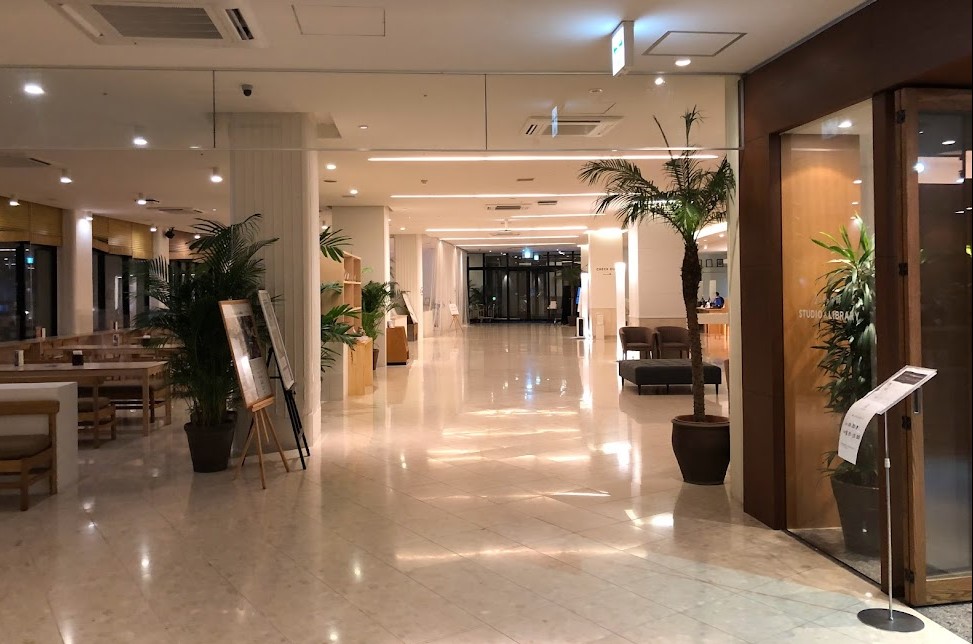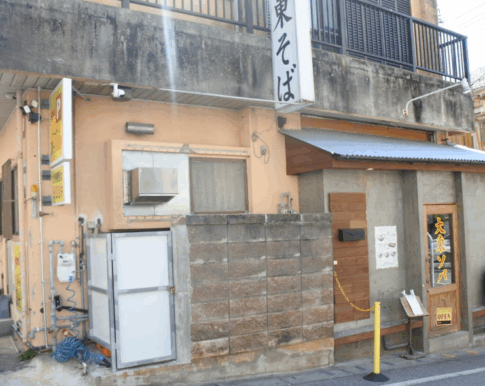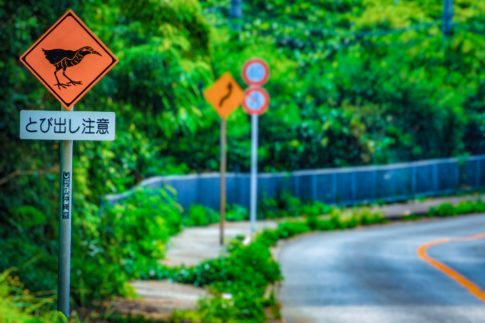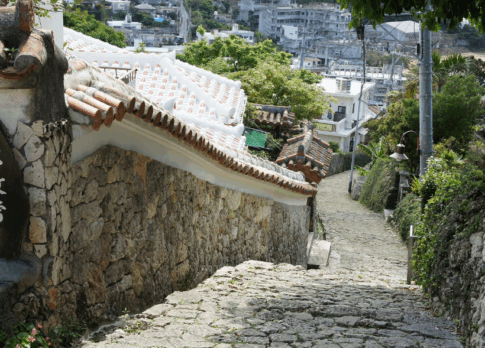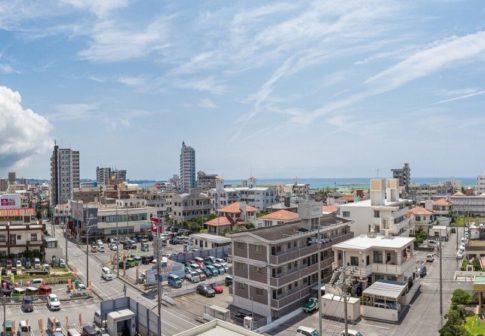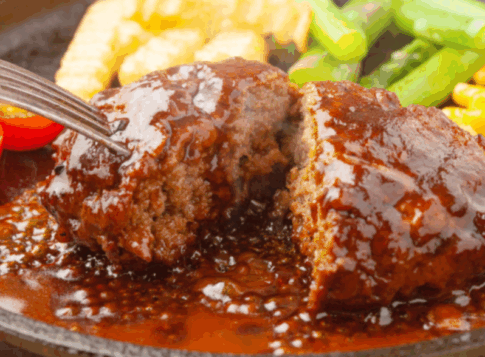The EM Wellness Living Fermentation Lifestyle Resort, built in Kitanakagusuku Village, about 40 minutes by car from Naha Airport, is health-conscious. Not only does the resort pay attention to food and amenities, but it also uses technology developed by the management company to manage the farm, clean up, and even dispose of garbage, making it a thoroughly chemical-free place to stay.
Point 1: What is EM in “EM Wellness Living Fermentation Resort”?
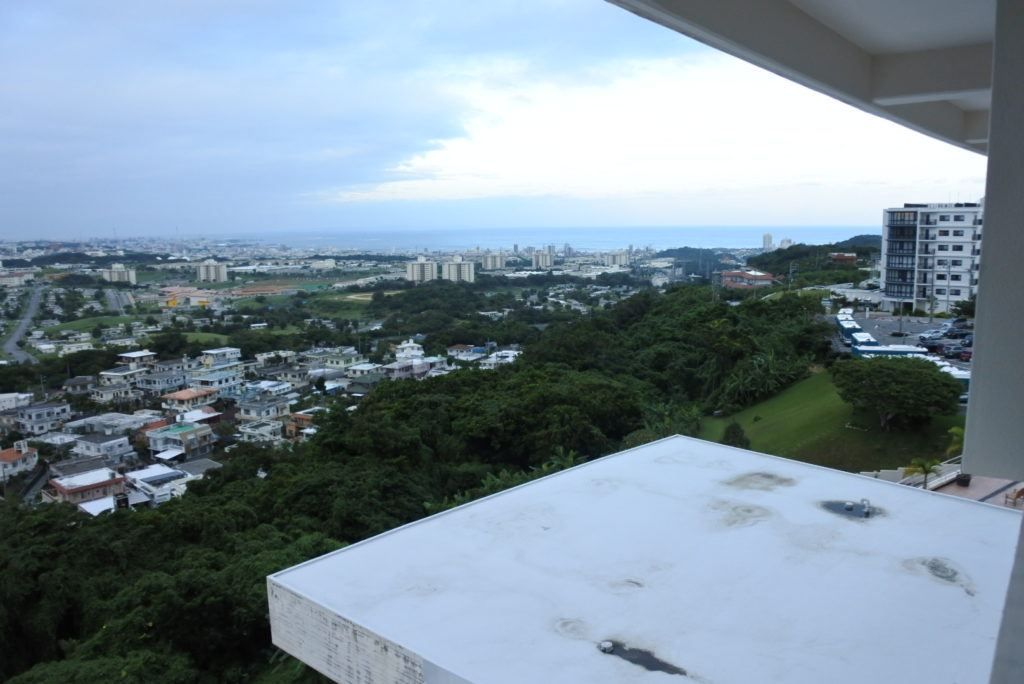
About 40 minutes from Naha Airport via Route 58. Some may think that even the name of the hotel, “EM Wellness Living Fermentation Lifestyle Resort,” is a bit of a mystery.
EM stands for “Effective Microorganisms,” and refers to beneficial bacteria that are useful to people and the earth, such as lactic acid bacteria in yogurt, yeast in bread, and bacteria in photosynthesis. They are something we take for granted in our daily lives.
In fact, this EM has already been developed for 40 years. The technology was developed by Dr. Teruo Higa, professor emeritus at the University of the Ryukyus, and is now used in 50 countries around the world in a variety of fields.
This “EM Wellness Living Fermentation Lifestyle Resort” uses this EM technology for cleaning, food waste disposal, and vegetable cultivation on the directly managed farm, and is a resort that “seriously” practices “sustainable” living, even though it may sound like a cliché nowadays.
Point 2: What kind of room is the “EM Wellness Living Fermentation Resort” room?
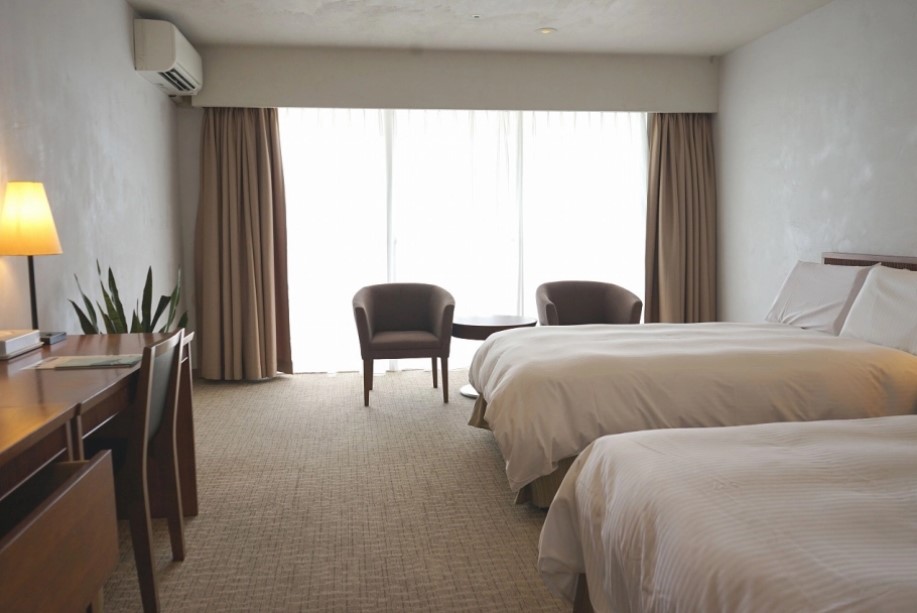
The “EM Wellness Living Fermentation Lifestyle Resort” is 50 years old. It has a past history of opening as “Hilton Hotel” before Okinawa was returned to Japan, then it became Sheraton and was abandoned for about 10 years.
The current management body, EM Research Institute, bought it and operated it as “Costa Vista” and changed its name to the current “EM Wellness Kurashi no Fermentation Lifestyle Resort” in October 2021.
The building has a massive structure that you would not expect to see in a new hotel today.
Room types range from twin and double rooms to concept rooms and family rooms, but this time I stayed in the EM Diatomaceous Earth High Floor “Ikoi” room in the concept room.
The room is 33㎡ in size. The moment I entered the room, I felt the good air flowing in the spacious and large room.
Diatomaceous earth may remind many people of bath mats and coasters that absorb water well.
When this diatomaceous earth is used for walls, etc., it has a “humidity control function” that prevents your skin from drying out, and it also dries room-dried clothes well.
By the way, I usually sleep with a wet towel in my hotel room, but I forgot to do it on this day. But the fact that I didn’t feel dry means that the diatomaceous earth was regulating the humidity.
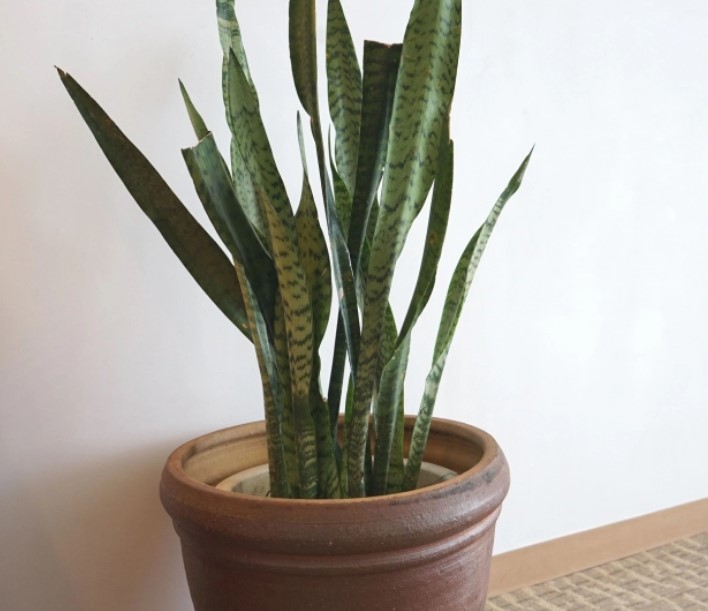
Other features of this “Ikoi” include a sansevieria plant that purifies the air and has a negative ion effect, an aroma diffuser that plays soothing music, and organic chamomile tea that helps people get a good night’s sleep.
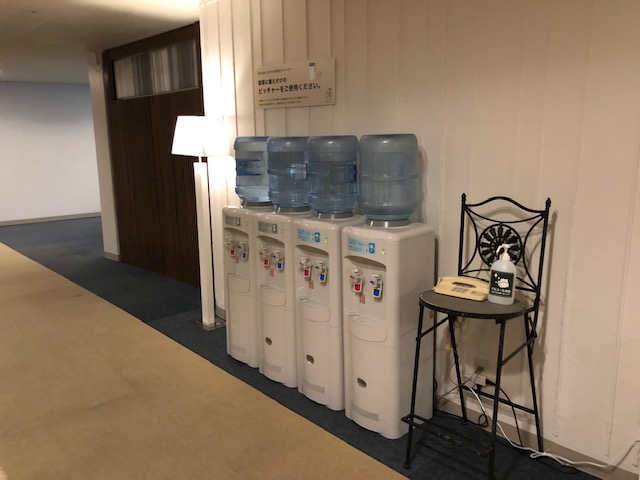
The water is served in a pitcher provided, and you fetch your own EM water from the elevator halls on each floor. The water was delicious and tasted good.
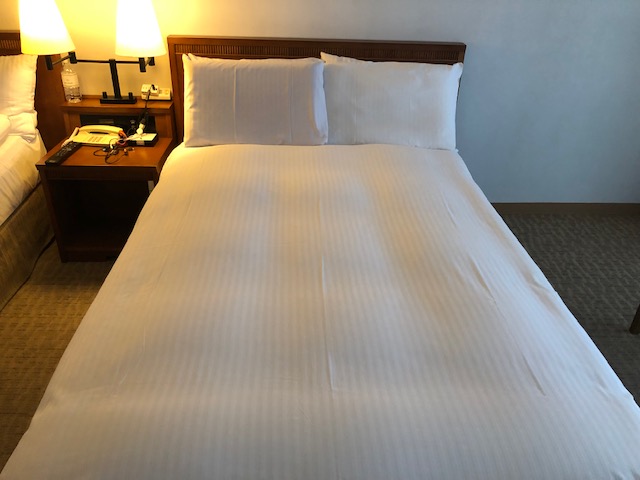
I was also surprised to find four pillows to choose from, including high resilience, zero gravity, and down! I tried all of them, but in the end, I settled for the slightly firmer high resilience pillow.
I am not sure if I could have slept in a room so perfectly equipped for sleep, but although I was a bit tired from the trip, I fell asleep without even knowing it.
The wide bed, not too hard and not too soft, was also very comfortable!
Point 3: Whatever you eat at “EM Wellness Living’s Fermentation Resort” is extremely tasty!
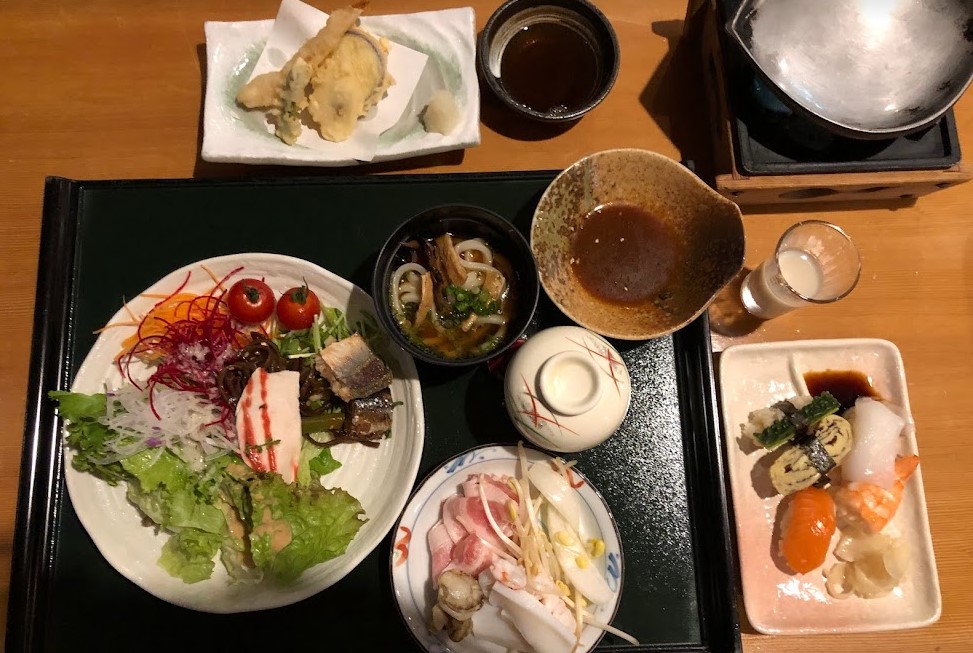
I had booked a half-board plan, and I really enjoyed all the food!
We had dinner at Yui An, a Japanese Ryukyuan restaurant on the first floor. I was thinking how unusual it was to have a Japanese buffet while choosing my meal.
The main dishes were Japanese dishes using vegetables grown in the company’s own farm, but there were only Okinawan dishes such as pig’s feet, Okinawan soba noodles, and sataa andagi, so there were not many special Okinawan dishes.
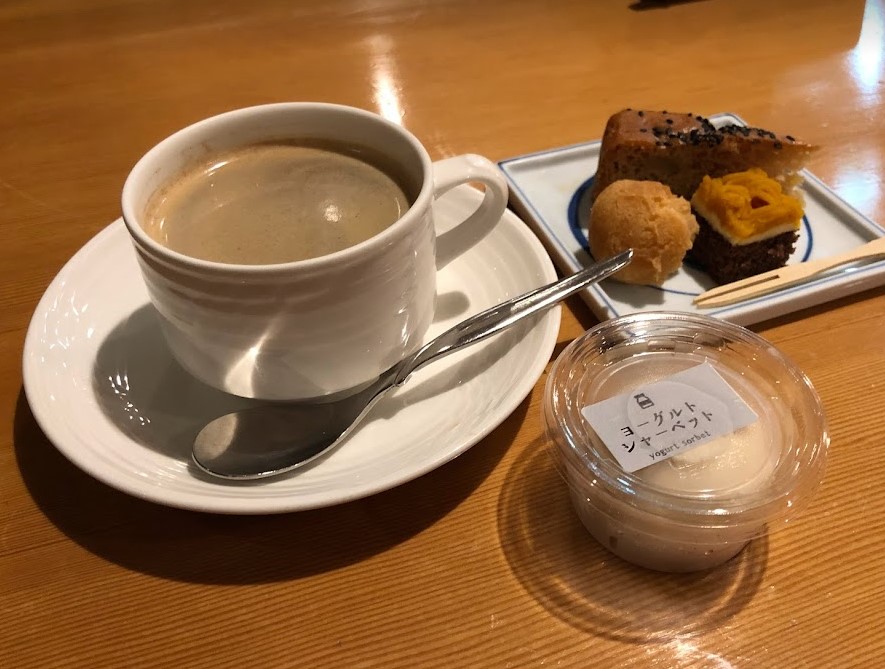
The variety was plentiful: soup, steamed egg custard, grilled pork, sushi, rice dishes, and several small cakes for dessert. There were so many dishes that I could hardly eat them all.
I enjoyed all of the food and was in trouble.
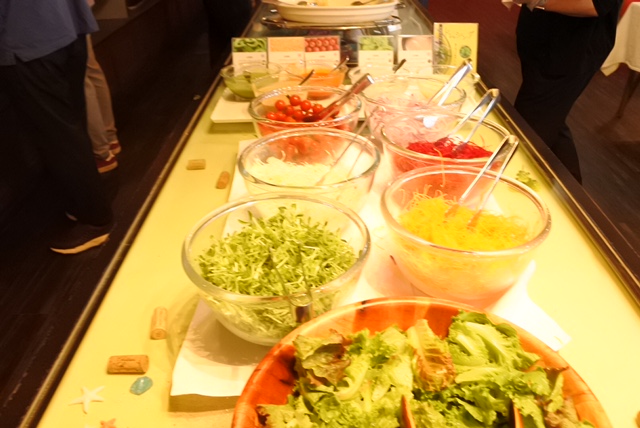
Breakfast was served at the Kitanaka Garden on the first floor, where the food is also colorfully arranged, and everything from the dressing to the miso paste is handmade by the hotel.
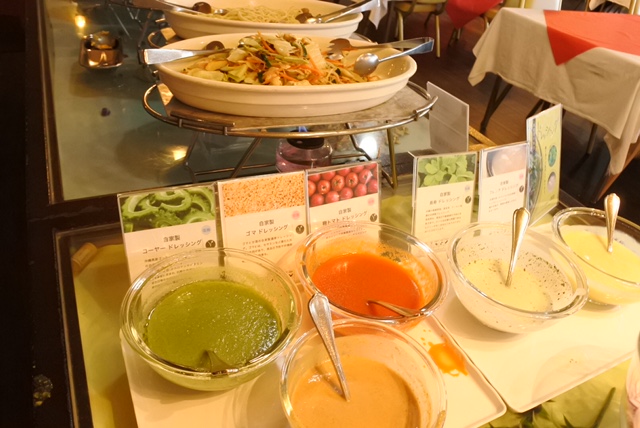
I was surprised to learn that not only are the eggs and vegetables produced in-house, but even the dressing and miso are handmade. I now understand why they taste so good.
I realized that this is all thanks to the staff who sincerely wish for the health of our guests and take the time and effort to make all the ingredients from scratch.

